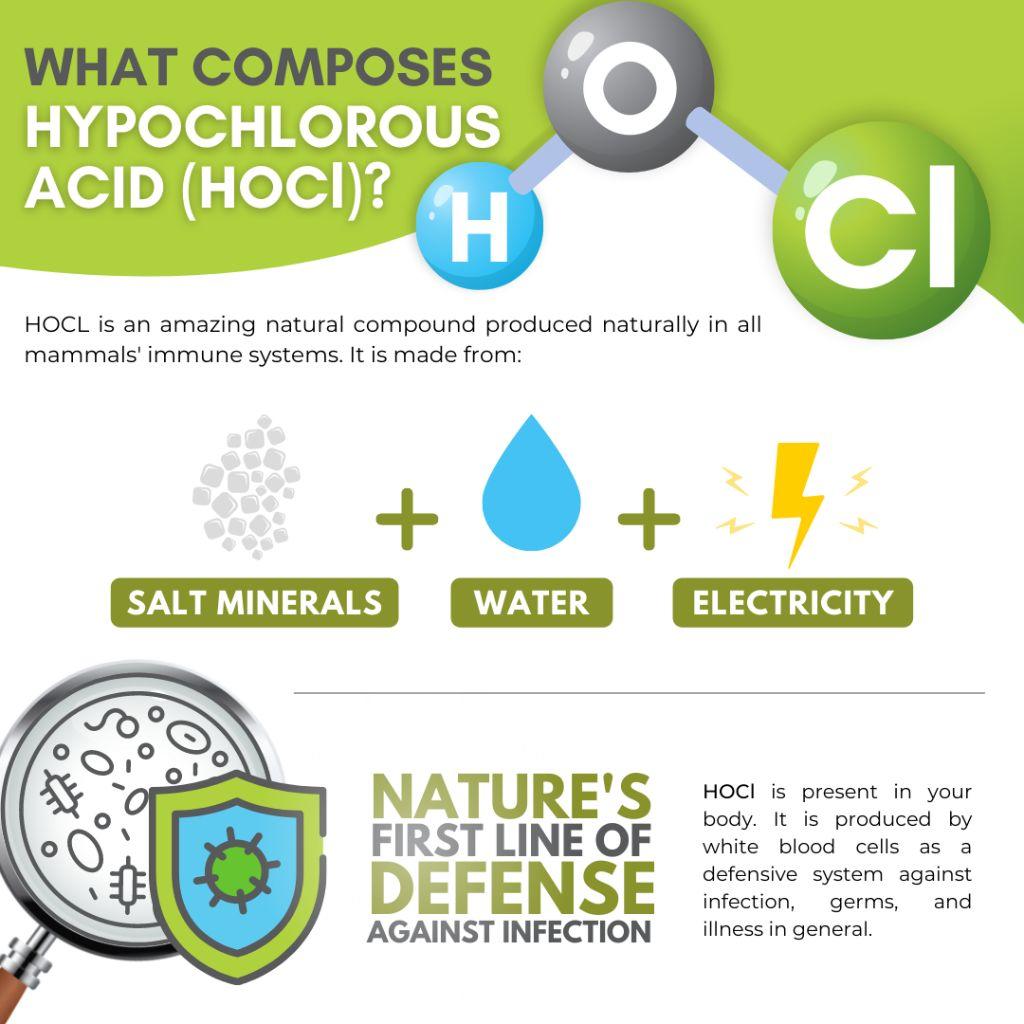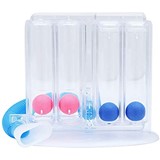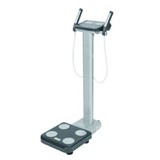The Immune System & HOCl
Our body has its own defence known as white blood cells, that use HOCL (Hypochlorous Acid) to combat foreign invading microorganisms like bacteria, and fungi. These white blood cells (also known as neutrophils) respond to any tissue invasion by migrating to the site of infection. Neutrophils seek out these invading microorganisms and surround and eliminate them using HOCL. This process is known as phagocytosis. Hydro-E is a hard surface disinfectant that is effective against germs and a broad range of bacteria including staphylococcus aureus (MRSA), VRE, CPE/CRE, Salmonella, and Acinetobacter.
Why is HOCl more efficient at killing pathogens?
The Hypochlorous Acid (HOCl) molecule is electrically neutral, while the cell walls of pathogen microorganisms are usually negative by nature. This makes it easier to penetrate cell walls and destroy vital cell components, effectively killing bacteria or pathogens from the inside.
In comparison, alcohol molecules have a net negative charge, hence why they are unable to permeate similarly negatively charged viral envelopes or bacteria cell walls.
How is HOCl made?
The most common method of manufacturing hypochlorous acid is by mixing salt minerals and water and introducing that solution into a process called electrolysis, where the final result is electrolyzed water. During electrolysis, the diluted saltwater solution is passed through a low electrical charge that changes its chemical properties.
The salt is composed of chloride and sodium molecules (NaCl) as well as water molecules, which we all know as H2O. The salt's chloride ions are negatively charged, whereas the sodium ions are positively charged. When a saltwater solution is exposed to a low electrical charge, the positive side of the charge electrochemically converts the chloride ion (Cl) and water molecules into hypochlorous acid (HOCl), while the negative side of the charge electrochemically converts the sodium ion (Na) and water molecules into sodium hydroxide (NaOH).
Conclusion
“HOCl has emerged in the current pandemic as the most potent and environmentally safe disinfectant available and with a wide range of efficacy against many human pathogens, including the SARS-CoV-2 coronavirus.” “In recent years compelling evidence of the potency of stable preparations of HOCl evidences the inactivation of even the most resistant infectious agents, viruses (78,79). It is clearly evident that HOCl deserves a place in every public health program as a fundamental instrument of infectious disease control. (117)” “The US FDA has approved HOCl for high-level disinfection, including those for use at critical (i.e., sterile) sites” Hypochlorous Acid (HOCl) – World Health Organization (WHO)
"The safety and non-toxicity for humans and the environment, the low cost, and the flexibility of applying methods make HOCl an appropriate candidate of disinfectant for indoor settings such as offices, hospitals, and healthcare clinics. Further investigations into the effect of
HOCl in mist and fog form on the skin, eyes, and respiratory system especially in special settings such as the proposed smart prefabricated sanitising chamber with the presence of organic materials is recommended". - Dovepress




-160x160-state_article-rel-cat.png)












-160x160-state_article-rel-cat.png)







-160x160-state_article-rel-cat.png)

